With agentic AI systems, we are able to solve challenging problems in different ways. These systems are fully automatic and do not require human intervention to a great extent. They consist of several AI agents which interact with each other in order to achieve particular objectives. In this article, we will discuss what the basic structure of agentic AI systems is, how they work, and why they are significant. We will also explain such systems and the tools that support them in practice.
Listen to our Podcast: What Is the Baseline Architecture of Agentic AI Systems?
What are Agentic AI Systems?

A type of artificial intelligence is the agentic AI systems. They can think and come up with solutions for themselves. Traditional AI, on the other hand, cannot navigate and perform tasks on its own without prior instructions from human beings. These systems are multiple AI agents who work together toward a certain goal.
Explore the revolutionary impact of agentic AI on technology and its game-changing applications here
Key Features of Agentic AI Systems
Autonomy: Agentic AI systems are autonomous. Rather, they are not dependent on human beings to tell them what to do.
Planning: These systems think ahead. They can predict future situations and decide on the most appropriate action to take towards the achievement of their goals.
Memory: As a consequence, agentic AI systems are able to recall previous actions. They use the information provided to make better decisions that they will make in the future.
Tool Usage: Some of the tools they use include API, databases, and software to accomplish their tasks. For example, they can produce and execute commands, search for data, or interact with other systems.
Want to dive deeper into how agentic AI differs from LLMs? Read more about their unique applications here.
Why Are Agentic AI Systems Important?
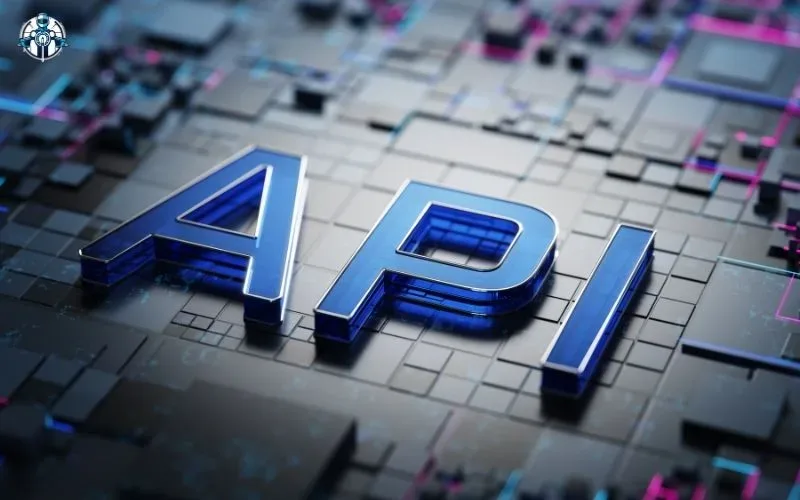
Agentic AI systems are important because they perform tasks that other forms of AI cannot handle. Some of them can perform business tasks, overcome technical issues, and even create new products. When working independently, they are able to work faster as well as require less human intervention.
What Are The Building Blocks of Agentic AI Systems?
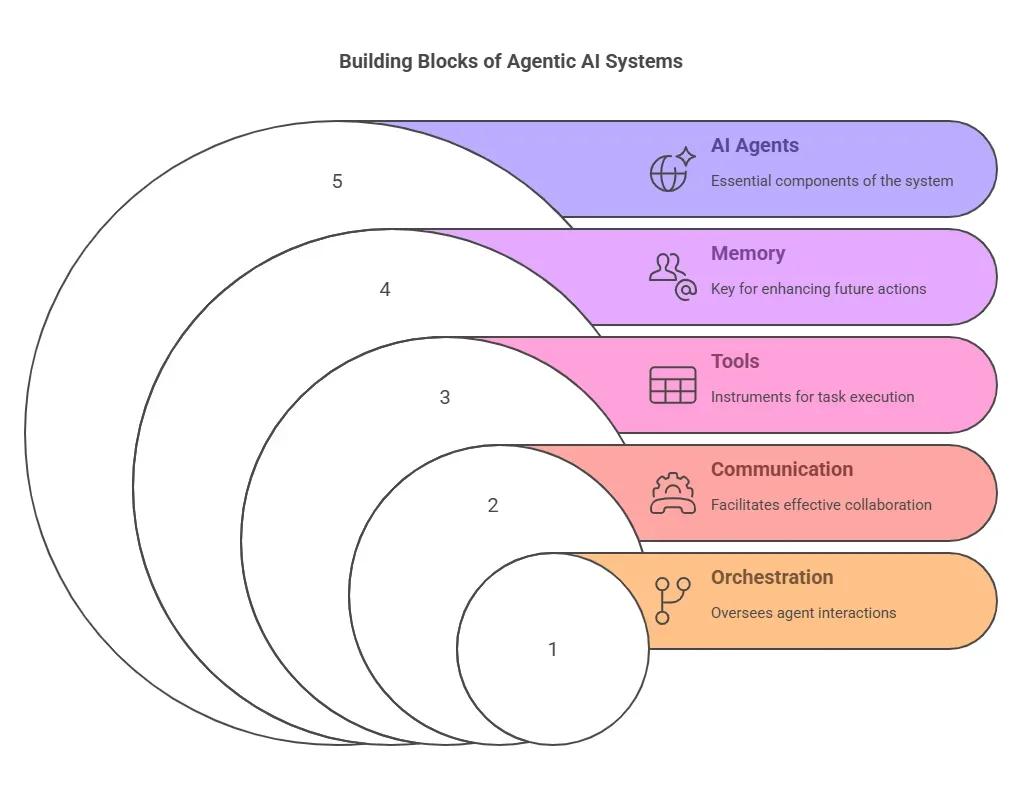
The structure of agentic AI systems consists of several essential parts. These parts work together to ensure that the system operates smoothly. Let’s explore them one by one.
1. AI Agents
AI agents form the essence of agentic AI systems. Each agent has a specific duty and can perform tasks like planning, reasoning, and action execution. Agents can operate alone or collaborate in teams. For instance, one agent may analyze data, while another makes decisions based on that data.
Curious about how agentic AI stacks up against traditional AI? Explore the key differences and why it’s a game-changer in the tech world here
2. Memory
Memory is key for agentic AI systems. It helps agents recall past interactions and use that information to enhance their future actions. Memory comes in two forms:
- Short-term memory: This stores information temporarily during a task.
- Long-term memory: This keeps significant information for future reference.
3. Tools
Agentic AI systems can utilize tools to get tasks done. These tools include:
- APIs: These enable agents to engage with other software systems.
- Databases: These hold and provide access to information.
- Code interpreters: These allow agents to write and execute code to solve problems.
4. Communication
Agents must communicate to collaborate effectively. They have two main options:
- Synchronous communication: Agents speak to each other in real time.
- Asynchronous communication: Agents send messages. They respond when they are able.
Discover how agentic AI is reshaping security operations centers in 2025. Check out the full transformation story here.
5. Orchestration
Orchestration manages how agents collaborate. There are two main approaches:
- Centralized orchestration: A central system oversees all agents.
- Decentralized orchestration: Agents coordinate among themselves without central control.
Tools and Platforms for Building Agentic AI Systems
So, to build agentic AI systems, strong tools and platforms are required. Here are some popular choices:
1. Azure AI Studio
Azure AI Studio is a development environment by Microsoft. It enables them to create, fine-tune, and then implement an artificial intelligence model. The platform also has the capability of creating the flow of the prompts. These assist in coming up with responses that are in relation to what the user has put across. Azure AI Studio also employs what is known as the Retrieval-Augmented Generation. This approach combines the search with language models to provide exact information to the queries.
Looking for investment opportunities in agentic AI? Check out the top 5 stocks to watch in January 2025 here.
Architecture
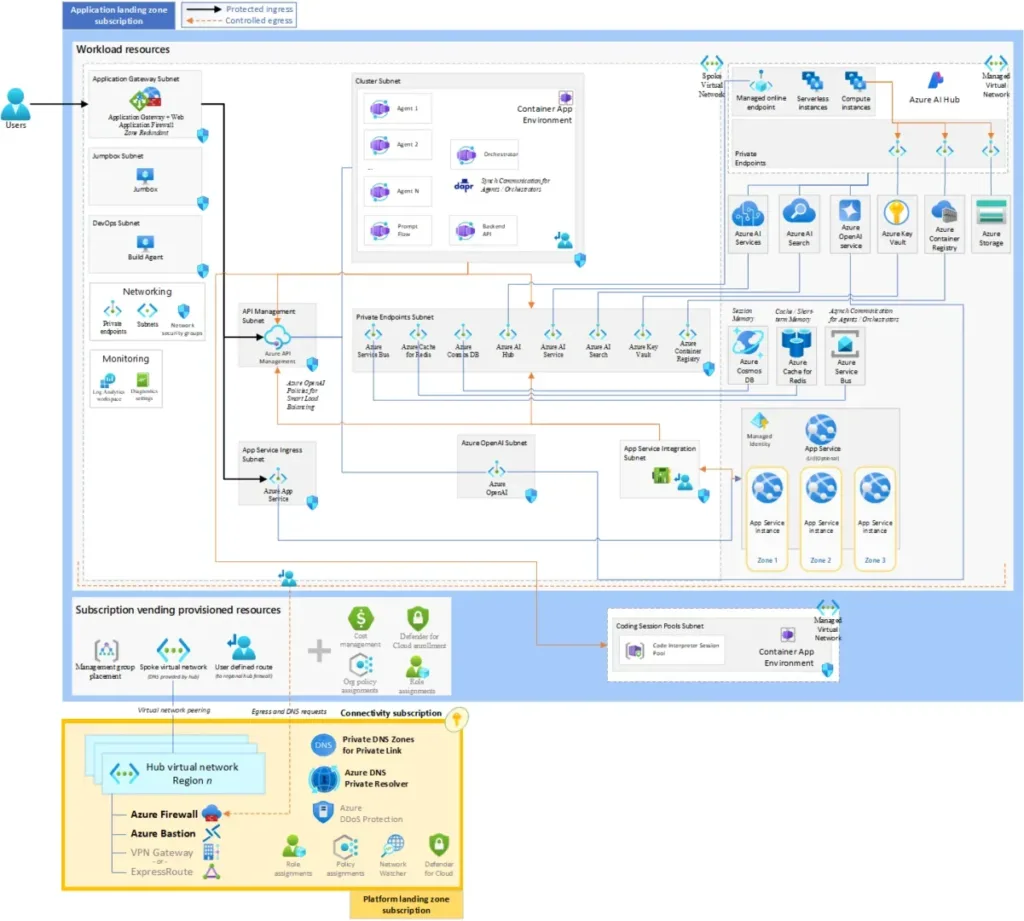
2. AutoGen
AutoGen is an open source software toolkit for the creation of agentic AI systems. It allows developers to create agents that work together on a particular problem-solving task. AutoGen uses asynchronous communication, has a composition-based architecture, and is language-independent. This characteristic is very useful in AI development and makes it a most wanted tool.
Learn how agentic AI is revolutionizing the financial services sector with innovative solutions here.
3. Azure OpenAI Service
This service provides the usage of powerful language models such as GPT-4. Clients can enter text, get the summary of the information, and participate in a conversation. Azure OpenAI Service is great when used in conjunction with other tools. This enhances the capabilities of the interactive Artificial Intelligence systems.
Find out how agentic AI powers the creation of autonomous systems from the ground up here.
4. Azure Cosmos DB
Azure Cosmos DB serves as a database to store session memory for interactive AI systems. It tracks conversations among agents. Also, it can cache LLM data, which is beneficial for the performance of the system because it stores data that is frequently used.
Uncover the role of agentic automation in streamlining processes and building intelligent systems here.
FAQs
What is the architecture of the agentic AI system?
The structure of agentic AI systems includes AI agents, memory, tools, communication methods, and orchestration. These elements allow the system to make decisions and solve problems on its own.
What is the basic architecture of AI?
The fundamental design of AI involves input data, algorithms for processing, and output results. It often uses models such as neural networks or decision trees.
What are agentic AI systems?
Agentic AI systems are independent AI setups. They can plan, learn, and act by themselves. Multiple AI agents collaborate in this system.
What are the components of the agentic system?
The key parts include AI agents, memory for both short-term and long-term needs, tools like APIs and databases, communication methods, and orchestration processes.
Final Words
Agentic AI systems serve as a strong solution for complex challenges. They combine independence, planning, memory, and the use of tools. These systems can work on their own to reach specific goals. With the right tools and platforms, developers can create agentic AI systems that maintain security, ethics, and scalability. As we keep exploring agentic AI’s potential, we can anticipate more exciting applications in the future.


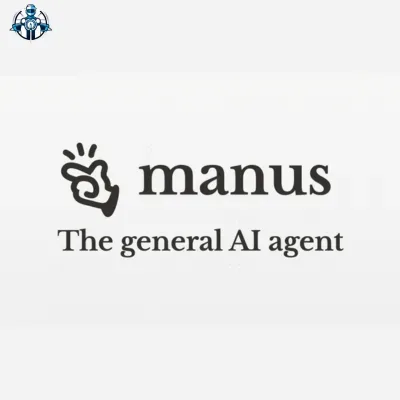

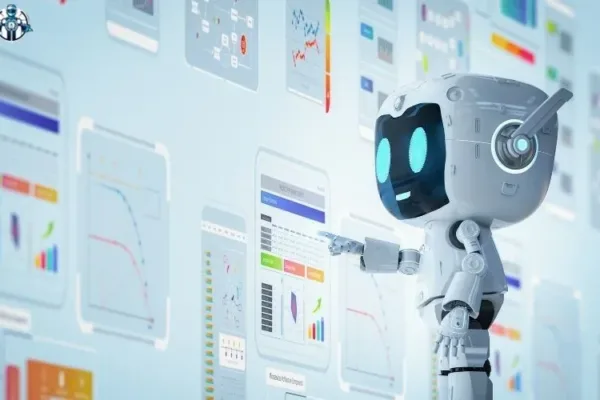






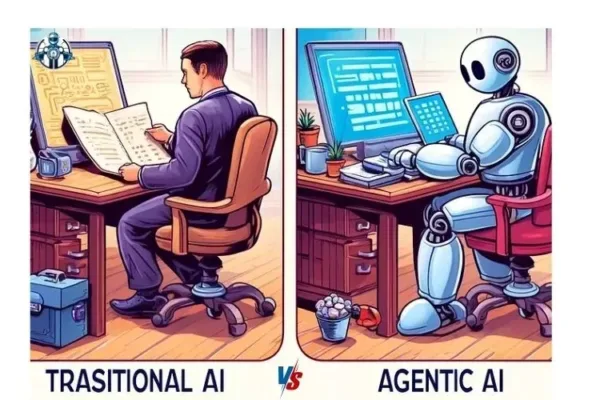
4 thoughts on “Agentic AI vs. Traditional AI: Key Differences and Why It Matters”